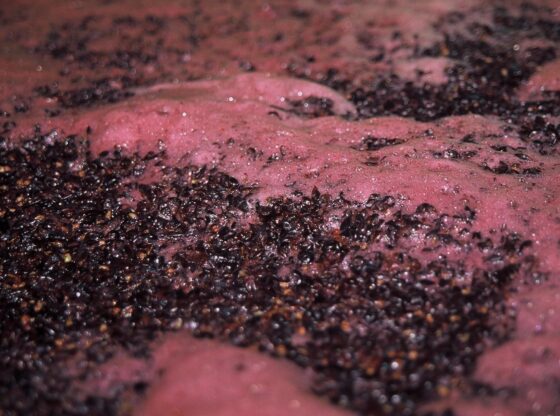
By Hendre’ Barnard, Training and Marketing Manager
Distillique Beverage (Pty) Ltd.
https://distillique.co.za
Click <Here> to see more of Hendre’s articles.
IMPORTANT – This Article refers to methods and information covered in two other Articles: 10 Steps to a Successful Fermentation, and Monitoring Fermentations. It is advised that you read these two articles first to fully understand the information below.
It happens, from time to time, that you have a failed fermentation.
Sometimes we pick this up early, either by monitoring the release of Carbon Dioxide through our Airlock, or if we are Monitoring our fermentation, by a “stuck” SG reading (meaning it does not drop anymore). Other times (and this is more often the case with novice distillers) we only realize it after distillation, when our alcohol yield is much lower than expected (or even non-existent).
As discussed in the Article about Successful Fermentations, there are many reasons this could happen, but how do we know what went wrong and how do we fix it to save our fermentation.
What went wrong with my Fermentation?
The following are basic rules of thumb to diagnose
your “sick” fermentation:
Symptoms
Diagnosis
Fermentation did not start at all
Excessive sugar, no oxygen, dead (?) yeast
Fermentation started and then stopped early in
process
Not enough initial aeration
Fermentation stopped within 4-6 days
pH dropped too much
Fermentation very slow and takes long
Lack of nutrients or excessive sugar
Fermentation started vigorously and gradually slows
down
Nutrients depleted
NOTE: When a fermentation stops early, it does not necessarily mean that it has failed. Excessive yeast and nutrients combined with a high temperature (28 degrees Celsius or higher) can make for a very quick fermentation process (with the associated increase in Congeners). Therefore, it is important to check the SG reading to see if the fermentation is dry (all sugar has been converted to alcohol). This will be indicated by an SG reading of 1.00 or below.
Can I save a Failed Fermentation?
Should unfermented sugar still be present, do not worry! You can still save your fermentation.
1. NOT ENOUGH AERATION
In this case there was not enough oxygen present in the beginning to allow the yeast to successfully respirate and procreate or reproduce, therefore you do not have enough yeast to ferment the batch. The solution is therefore to aerate again by shaking, splashing, inserting an aquarium airstone or bubbler, or by some other means.
2. pH DROPPED TOO MUCH
If you suspect this is the case, first test the pH using a Digital pH Meter or pH Test Strips, then adjust the pH with Potassium Carbonate to the required level.
3. LACK OF NUTRIENTS
Merely add more yeast nutrients and stir.
Please remember the following points though:
In some of these cases the yeast may have died, specifically if the pH dropped too much, therefore you will need to add more yeast. You can leave the fermentation and see if it starts up again, but if pressed for time you may be wasting time by doing so, all to save a couple of Bucks.
In the case of dropped pH and lack of nutrients, your process of saving the fermentation will add oxygen into the fermentation again, triggering another wave of respiration and reproduction (which may or may not be a bad thing). To limit this, you can use a Carbon Dioxide Fire Extinguisher or Gas Bottle to add Carbon Dioxide to the headspace in you fermentation vessel before quickly sealing it.
If you are a Home Distiller, you can make up for lost sugar during another respiration phase by adding a little bit of sugar to your fermentation.
Before taking any of these actions though – first see if it is worthwhile restarting the fermentation. Using your SG reading and the Sugar Calculation Formulas in our Article about Sugar Calculations, first determine how much unfermented sugar remains and what amount of alcohol it will add to your fermentation. There is no point going through these steps and waiting a couple of days more if you are only going to add a couple of millilitres of alcohol.
4. CARBON DIOXIDE POISONING
In some cases, when fermenting extremely thick mashes (i.e. potato with little water or pomace fermentations) it can happen that the “top” or “head” of the fermentation is too thick to allow Carbon Dioxide to escape. This build-up of Carbon Dioxide can reach critical levels which can negatively affect the yeast and thereby the fermentation. The only way to solve this problem is through mechanical agitation, i.e. mixing, stirring, pouring or in some other way breaking the “top” to allow the CO2 to escape.
As a rule, however, if you followed the 10 Steps to a Successful Fermentation, you should never have any of these issues.
Keep on Distilling!


